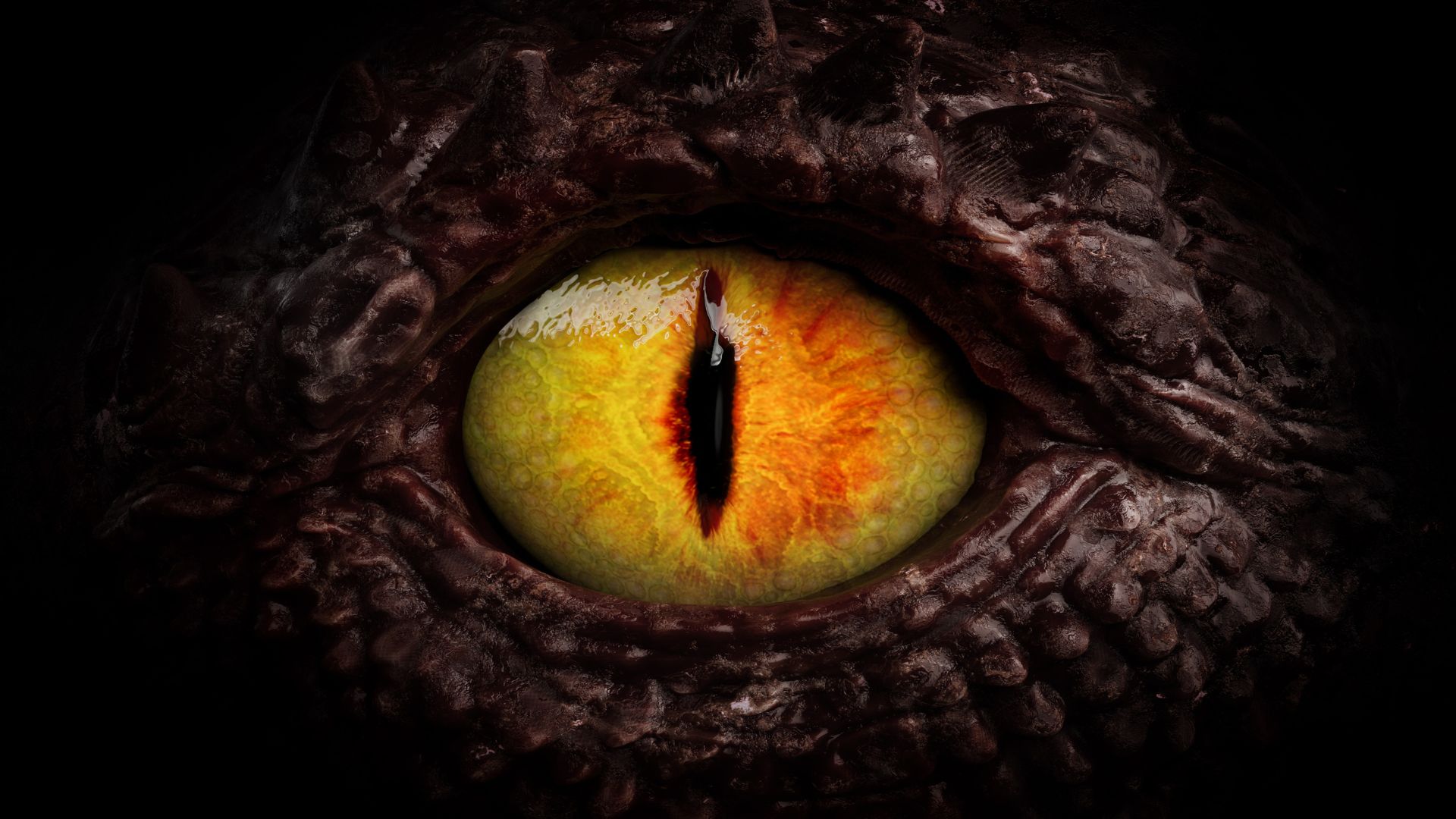The patient: A 52-year-old woman in The Hague, Netherlands
The symptoms: The woman visited an outpatient psychiatric clinic and told the doctors that when she looked at people’s faces, she saw them transform into the faces of dragons. She also saw dragon-like faces appear in front of her spontaneously, even when no people were present. These hallucinations were disturbing and affected her ability to interact with people.
The patient reported that human faces that seemed normal at first “turned black, grew long, pointy ears and a protruding snout, and displayed a reptiloid skin and huge eyes in bright yellow, green, blue, or red,” doctors wrote in a report of her case. She added that she had experienced these hallucinations since childhood.
What happened next: Doctors at the clinic conducted blood tests, used a brain-scanning technique called an electroencephalogram (EEG), and did a neurological examination. All of the results were normal. However, an MRI of the patient’s brain showed several lesions near the lentiform nucleus. Damage to this part of the brain has been linked to cognitive impairments, such as issues with attention and memory, particularly associated with schizophrenia.
These lesions — which appeared in the insulated wiring of the brain, called white matter — may have been caused by ruptures in small blood vessels in the brain. But the damage was not recent, according to the report.
Although the EEG did not reveal any abnormalities, the doctors suspected that the patient’s visual hallucinations were caused by atypical electrical activity in parts of the brain that process colors and faces — specifically, the ventral occipitotemporal cortex. This region, located in the back of the brain, is involved in regulating object recognition. The lesions revealed by the MRI may have triggered this electrical activity, the doctors theorized, and they may have been present since birth, perhaps caused by temporary oxygen deprivation shortly before or after delivery.
The diagnosis: The physicians determined that the woman had a form of prosopometamorphopsia (PMO). This uncommon condition affects how a person perceives human faces, making facial features appear dramatically distorted. Features may seem enlarged or shrunken; they may sag, stretch sideways or drift out of position.
For people with hemi-prosopometamorphopsia, or hemi-PMO, just one side of the observed face is affected. In full-face prosopometamorphopsia, or full-face PMO, distortion warps the entire face a person sees. The condition is associated with changes to brain structure and with disorders that affect brain function, such as epilepsy, migraine and stroke.
The treatment: The doctors prescribed the patient daily doses of valproic acid, an anticonvulsant that prevents seizures and also alleviates migraines and symptoms of bipolar disorder. The treatment brought the woman’s visual hallucinations under control.
However, she then began experiencing hallucinations of banging sounds in her sleep. The doctors switched her to a daily regimen of rivastigmine, a drug that is commonly used to treat symptoms of dementia caused by Alzheimer’s disease or Parkinson’s disease. The drug made these auditory hallucinations less frequent and reduced her visual symptoms to a manageable level. After three years of this treatment, the woman reported that her work situation had stabilized and her social relationships had improved.
What makes the case unique: Prosopometamorphopsia is exceptionally rare, with only 81 cases described in the medical literature over the past 100 years, according to a 2021 review.
For most people who experience this condition, its distorting effect on human faces lasts just a few days or weeks. PMO-triggered distortions have been known to make people’s faces appear “demonic” — but in the woman’s case, it’s unclear exactly what caused her highly specific perception of reptilian dragons.
This article is for informational purposes only and is not meant to offer medical advice.
